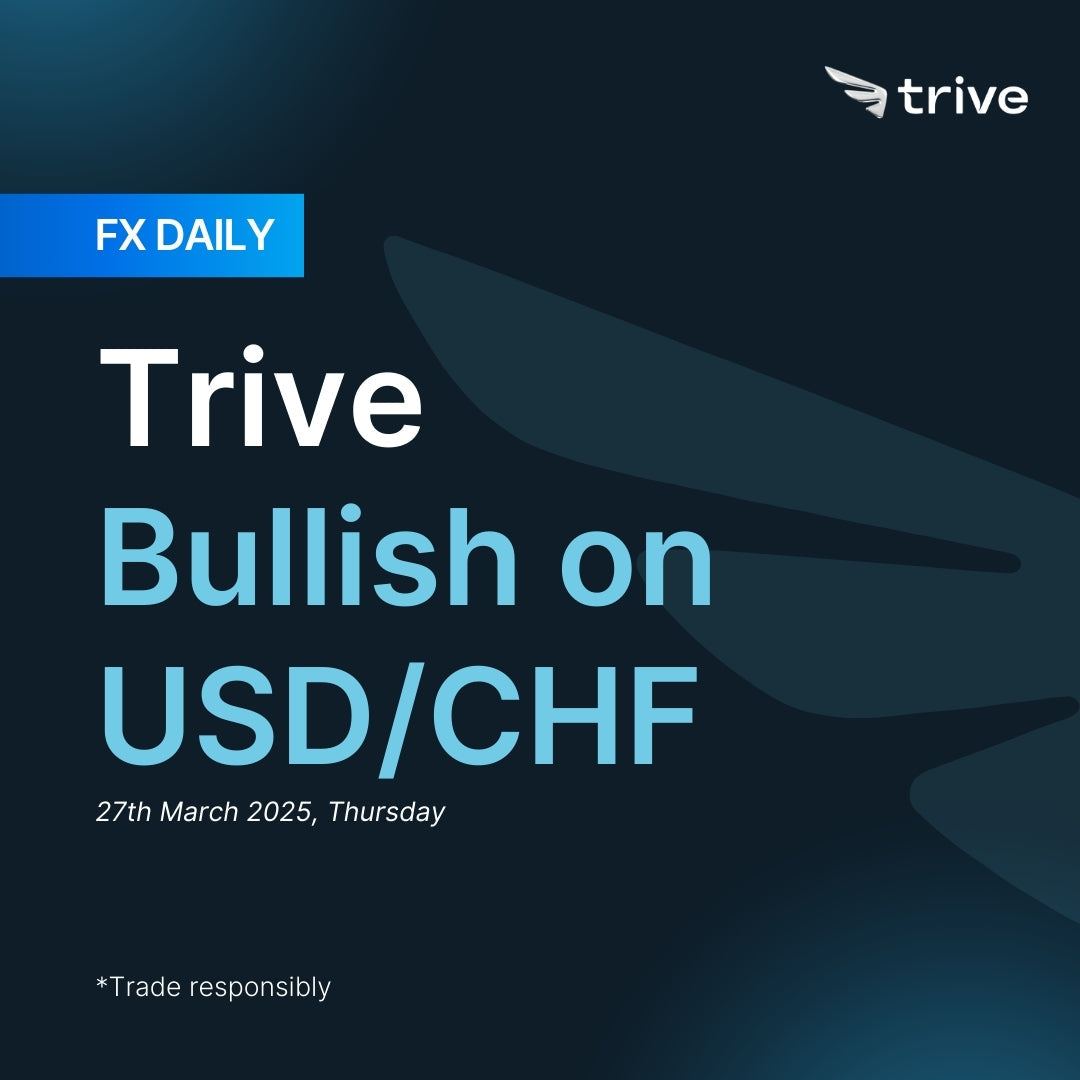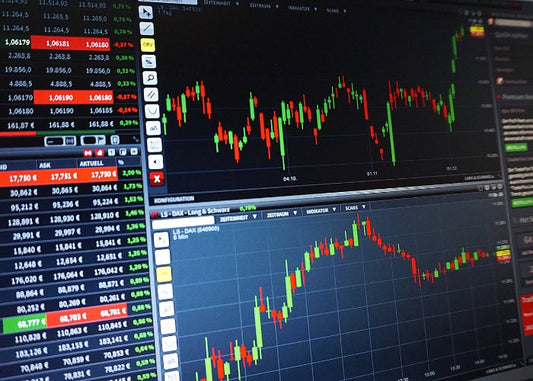FX Daily: Trive Bullish on USD/CHF

The Fed maintained rates and emphasized economic uncertainty but did not signal a dovish shift. Meanwhile, barring any further escalation of the geopolitical risk, the CHF will remain the best funding currency among G10 FX
CHF: Funding currency
The recent appreciation of the CHF was driven by risk-off sentiment, as global equities declined amid concerns over US tariffs and fears of an economic slowdown. However, this strength has since faded following the SNB’s 25bps rate cut in March, a widely expected move. Despite the rate reduction, the SNB reaffirmed its commitment to FX interventions and highlighted rising global economic uncertainty as a key risk. Meanwhile, domestic inflation remains subdued, and the SNB expects it to stay low in the coming quarters. Additionally, the central bank cited downside risks to growth, maintaining a dovish stance that has further pressured CHF. However, given the already low policy rate, the SNB is likely to favor a prolonged pause rather than returning to negative interest rates, especially as it made no mention of exploring zero or negative rates. Instead, policymakers appear to be adopting a "wait-and-see" approach to assess the impact of tariffs on both global and domestic growth.
Looking ahead, the CHF calendar remains light, leaving the currency primarily driven by global risk sentiment. Unless there are significant negative developments—such as a further escalation in US tariff threats, geopolitical tensions between Russia and Ukraine, or heightened conflict involving Iran—CHF is expected to remain the preferred funding currency within the G10 FX space, given the SNB’s dovish policy stance.
USD: Tariffs ahead
Over the past week, the key narrative driving the USD has remained centered on tariffs and the March FOMC meeting. Regarding tariffs, the reciprocal tariff plan is scheduled for announcement or implementation on April 2, alongside an additional 25% sectoral tariff on automobiles, semiconductors, and pharmaceuticals. Canadian authorities have reportedly been informed that these tariffs are virtually certain to take effect on April 2. On monetary policy, the FOMC maintained the federal funds rate at 4.50%, in line with market expectations. The median Fed dot plot projections remained unchanged across the forecast horizon, still signaling two rate cuts in 2025. Notably, the Fed removed its prior language suggesting risks to its policy objectives were "roughly in balance" and acknowledged heightened uncertainty surrounding the economic outlook though Powell later clarified that this was not intended to signal an imminent policy shift.
The Summary of Economic Projections (SEP) largely met market expectations, with downward revisions to GDP growth projections for 2025 and 2026, alongside a higher unemployment forecast for 2025. Additionally, both headline and core PCE inflation projections were revised upward due to significant uncertainty surrounding potential policy shifts under a second Trump administration. During the press conference, Powell emphasized a "wait-and-see" approach, reiterating that the Fed is not in a hurry to adjust policy—an assertion he repeated when questioned about a potential rate cut in May. He repeatedly underscored the prevailing economic uncertainty and urged caution in interpreting Fed forecasts.
Additionally, Powell also suggested that any inflationary impact from tariffs would likely be transitory and that long-term inflation expectations remain well-anchored. While markets interpreted his remarks as slightly dovish, Powell's overall stance did not signal recessionary risks or an imminent economic downturn. Instead, he reaffirmed that the economy remains strong, with labor market conditions broadly balanced and not a primary source of inflationary pressure. Given the Fed's dual mandate of price stability and full employment—neither of which has weakened sufficiently to justify a dovish pivot—Powell’s slightly dovish tone does not indicate renewed bearish momentum for the USD. Instead, it marginally supports the currency.
Looking ahead, the USD calendar is event-heavy, with key data releases including PMIs, Consumer Confidence, and the February PCE—the Fed’s preferred inflation gauge. Given recent ISM and Michigan Consumer Confidence data showing signs of pessimism amid concerns over Trump’s policies and potential recession risks, a softer economic tone is expected. However, much of the USD-negative sentiment related to growth has already been priced in, meaning a further decline would require another wave of weak data. Powell also noted in the March meeting that the PCE inflation likely rose 2.5% in February, with core PCE at 2.8%, partly reflecting tariff-related concerns. Overall, the baseline outlook for the USD remains well-supported by the Fed’s current stance, a still-resilient economy and also the tariffs theme. However, for a sustained USD recovery, U.S. macroeconomic sentiment must begin to stabilize.

USD/CHF 4H
Disclaimer
This material is provided for informational purposes only and does not constitute financial, investment, or other advice. The opinions expressed in this material are those of the author and do not necessarily reflect the views of Trive International. No opinion contained in this material constitutes a recommendation by Trive International or its author regarding any particular investment, transaction, or investment strategy. This material should not be relied upon in making any investment decision.
The information provided does not consider the individual investment objectives, financial situation, or needs of any specific investor. Investors should seek independent financial advice tailored to their individual circumstances before making any investment decisions. Trive International shall not be liable for any loss, damage, or injury arising directly or indirectly from the use of this information or from any action or decision taken as a result of using this material.
Trive International may or may not have a financial interest in the companies or securities mentioned. The value of investments may fluctuate, and investors may not get back the amount they originally invested. Past performance is not indicative of future results.
For more information about Trive International, please visit http://trive.com/int
Additional Information
Investing involves risk, including the potential loss of principal. Diversification and asset allocation strategies do not ensure a profit or guarantee against loss. The content in this material is subject to change without notice and may become outdated or inaccurate over time. Trive International does not undertake any obligation to update the information in this material.
By accessing this material, you acknowledge and agree to the terms of this disclaimer. If you do not agree with these terms, please refrain from using this information.
No comments
Home
Trive
TriveHub





0 comments